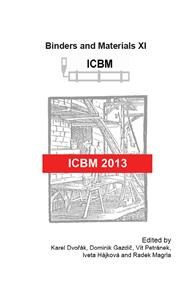p.262
p.266
p.270
p.275
p.280
p.284
p.290
p.297
p.301
Perlite Concrete Based on Alkali Activated Cements
Abstract:
The use of the alkali activated cements for the manufacture of perlite concrete pressed and vibro-pressed products for heat insulation intended for various purposes was studied. The interfacial transition zone perlite grain cement stone was examined in order to reveal features of its formation. These features allow to create a dense and strong shell/caging around the perlite grain which helps to avoid its corrosion and produce perlite concretes with high durability.
Info:
Periodical:
Pages:
280-283
Citation:
Online since:
February 2014
Authors:
Price:
Сopyright:
© 2014 Trans Tech Publications Ltd. All Rights Reserved
Share:
Citation:


